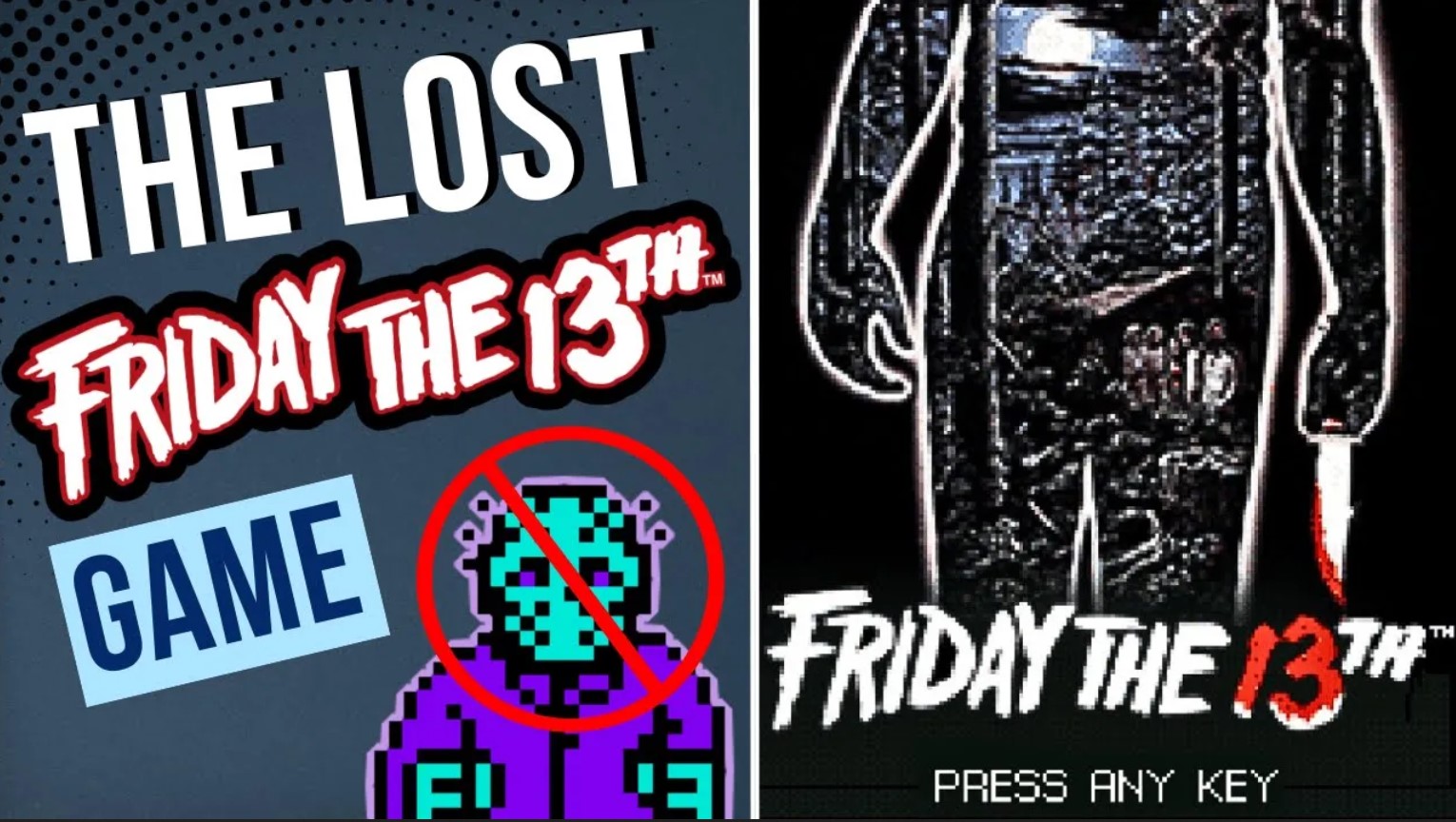It’s no secret that Bob Dylan does weird shit (he recorded 2009’s Christmas in the Heart pretty much on a whim, and also released it in October*). So it should come as no surprise that Shadows in the Night, his thirty-sixth studio offering, is a collection of standards made popular by Frank Sinatra. Obviously Dylan can do whatever he wants at this point – writing “Blowin’ in the Wind” at age 21 affords you a lot of leeway – but you can only rest on your laurels for so long if your output is shitty.
Luckily, Shadows doesn’t collapse under the weight of its admittedly strange conceit. Tonally, it’s about as far removed as possible from Dylan’s last album, 2012’s Tempest, a dark, violent record that saw Dylan in full-on hellfire and brimstone mode as he barked threats like “I’ll pay in blood, but not my own.” Shadows doesn’t quite reach the heights of Tempest, his best record since 2001’s “Love and Theft,” but it is not without its charms. In fact, it’s a quietly lovely album, and at times startlingly intimate.
The production – by Dylan, working under his usual pseudonym Jack Frost – is lush and sparse at the same time. Strings and horns are present on nearly every song, adding a layer of warmth to the music that harkens back to the songs’ dancehall roots. On the flip side, the more traditional rock instruments – piano, guitar, drums – are muted to the point of being mere suggestions. (Prominently featured, however, is Donny Herron’s ethereal, melancholy steel guitar.) Percussion in particular is functionally nonexistent; I think I heard some cymbal work on “Autumn Leaves,” and what might have been brushes on a snare drum in “Some Enchanted Evening.” If this paradoxical approach sounds doomed to failure, it isn’t, because it pushes Dylan’s voice front and center.
Ah yes, the voice. It’s the easiest source of jokes about Dylan, whether you want to exaggerate his ’60s nasally sneer (“How does it feeeel?“) or deride his Christmas album as Christmas With the Crypt Keeper. (In fact, Dylan’s voice is such a mystery that Vulture recently sat down with an ear, nose, and throat specialist to figure out what the hell happened.) So the big question about Shadows is, how the hell is Dylan going to sing Sinatra?
Well, obviously he can’t croon like Ole Blue Eyes (he came close on Nashville Skyline, but that was over 40 years ago), but what Dylan’s cracked, weathered voice brings to songs like “That Lucky Old Sun” and “What’ll I Do” is the summation of each of his 73 years. The heartache and yearning is palpable and relatable, and Shadows is so close to its author that at times you can actually hear the man breathing. On the album’s best track, “Stay With Me,” Dylan marvels: “Till I find, to my wonder/every path leads to thee/all that I can do is pray/stay with me.” Three listens later and that moment still moves me to tears.
The only caveat about Shadows in the Night is that due to its strange concept and counter-intuitive production, it’s hard to recommend unreservedly. If you’re already a Dylan fan, then you’ll probably enjoy one of his stranger efforts. If you’re not a fan, Shadows ain’t gonna change that.** But that’s not its purpose. What this album proves is that half a century into his career, the best songwriter in American history has no intention of doing what’s expected of him.
*An earlier version of this said that Christmas in the Heart was released in April, not October. It has since been corrected.
**Highway 61 Revisited or Time Out of Mind might do the trick, though.




